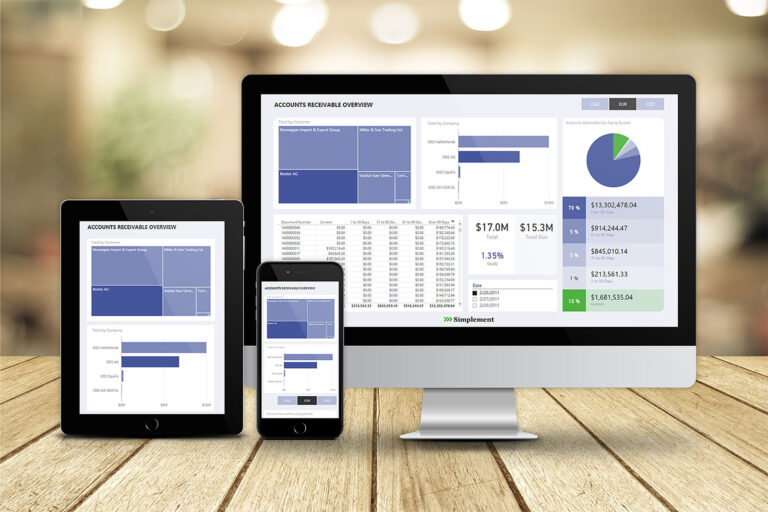Data, especially your SAP data, is a powerful tool that can be leveraged to make smarter decisions about demand planning and supply chain operations. Demand planning is an essential part of business success, as it helps organizations understand customer needs and insights, forecast trends, plan for new products and services, adjust resources based on changes in the market and revenue goals. In order to create an effective demand planning strategy, organizations must understand the importance of data in driving decisions and have tools that provide visibility into customer demands, product trends, and market dynamics.
Forecasting
Data-driven demand planning starts with accurate forecasting. Forecasting helps companies estimate future sales numbers for products and services to better prioritize their resources and plan for future growth. It also helps to identify any potential risks or opportunities in the market and proactively adjust the plan accordingly. This requires access to reliable data sources, such as POS (point-of-sale) data, customer orders, and sales trends.
Segmentation
Data can also be used to understand customer demands by analyzing segmentation information and historical buying patterns. By understanding customers’ preferences, organizations can better identify which products are in demand and create plans that focus on high performing items. For example, if a company notices that certain products have been consistently selling out faster than others over time, they can use this data to create forecast demand for these items more accurately.
Inventory Management
In addition, data can help improve inventory management decisions by tracking what is being sold, when, and at what price. Knowing which products are selling more quickly can help organizations adjust their inventory levels to ensure they have enough stock on hand to meet customer demands. Data also helps provide insights into the cost of goods sold (COGS), allowing companies to make sure that their pricing is competitive in the marketplace.
Using Data Appropriately
Overall, data-driven demand planning helps organizations identify trends faster, prioritize resources effectively, and plan for future growth. By leveraging accurate forecasting and properly understanding customer demands through data analysis, businesses can create a demand planning strategy that is informed by real-time information and allows them to be agile when changes occur in the market. With this approach, businesses will be able to stay ahead of customer expectations and remain competitive against their rivals.
Conclusion
The insights gained through data-driven demand planning will help businesses make smarter decisions and plan for the future more effectively. That is why it is essential for organizations to have access to reliable data sources and utilize tools that can interpret this information in order to create an effective demand planning strategy. By investing in the right technology, your organization will be able to improve performance and remain competitive long into the future!
Roundhouse by Simplement is the perfect solution for organizations looking to gain insights from their SAP data. Roundhouse gives businesses instant access to all of their SAP information so users can easily create meaningful reports and dashboards in the target of their choice. By using Roundhouse, your business will have access to the most up-to-date insights from its SAP data, allowing you to create an effective demand planning strategy that will help set your organization up for success.



